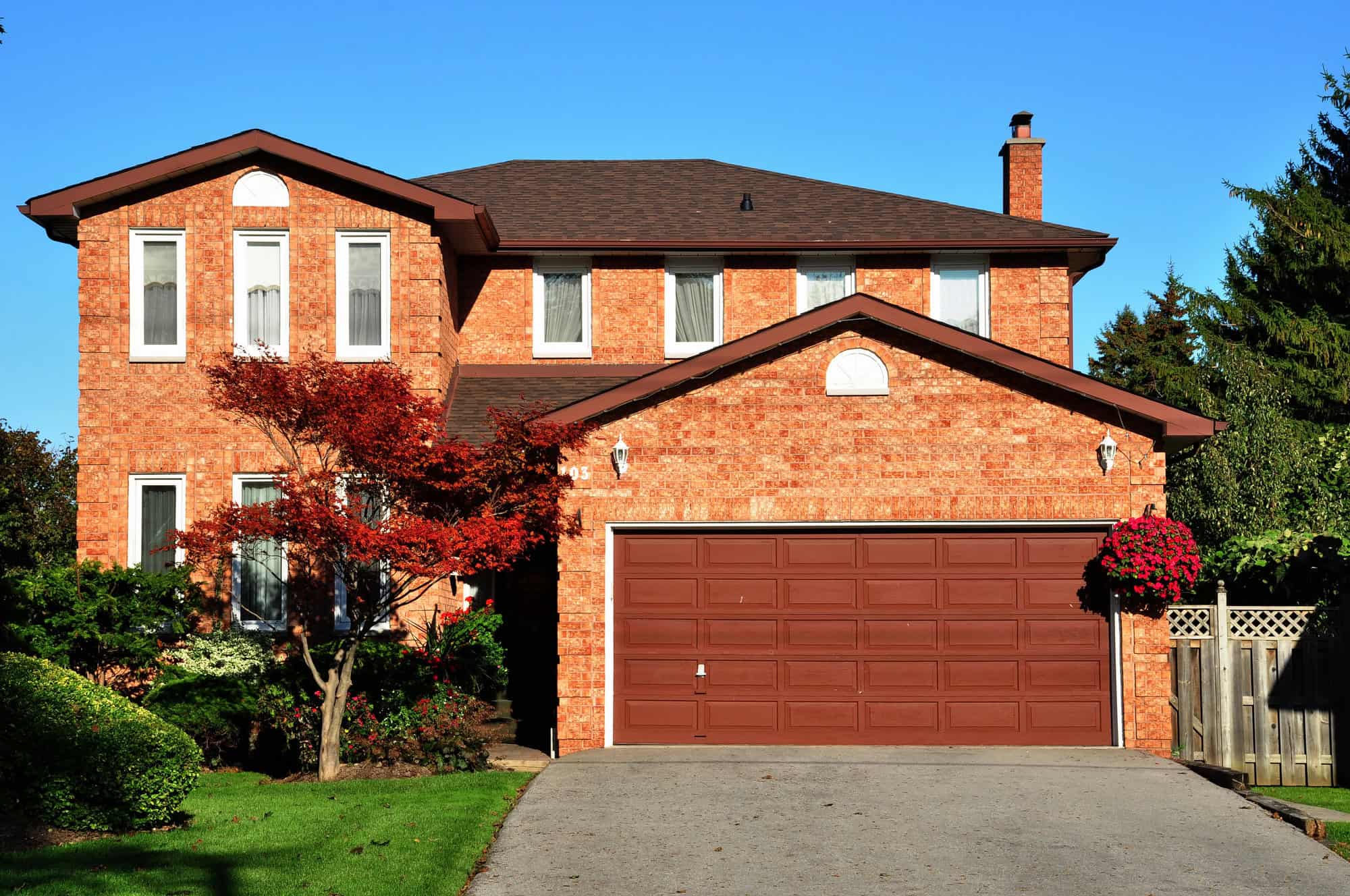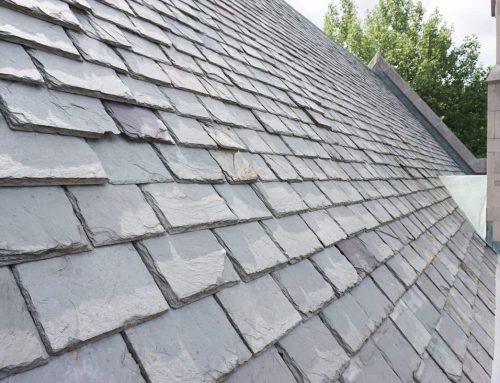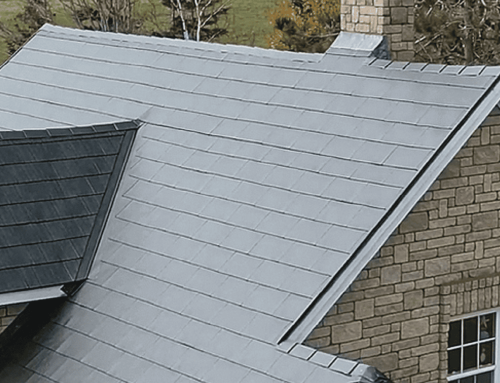Toronto’s architectural landscape tells a story spanning over a century, with charming Victorian houses, early 20th-century bungalows, and mid-century homes dotting neighborhoods from The Beaches to High Park. While these older homes possess character and craftsmanship that modern construction often lacks, they also present unique challenges for homeowners, particularly when it comes to roofing systems that have weathered decades of Toronto’s harsh climate conditions.
The reality is that most roofing materials have a finite lifespan, and many Toronto homes built between the 1920s and 1980s are now approaching or have exceeded the expected service life of their original roofing components. Understanding the common problems that affect older roofs can help homeowners identify issues early, prevent costly damage, and make informed decisions about maintenance and replacement.
The Impact of Toronto’s Climate on Aging Roofs
Toronto’s climate presents a perfect storm of conditions that accelerate roof deterioration. The city experiences dramatic temperature swings throughout the year, with summer temperatures reaching into the 30s Celsius and winter temperatures plummeting well below freezing. This freeze-thaw cycle is particularly brutal on roofing materials, causing expansion and contraction that leads to cracking, splitting, and material fatigue.
The GTA receives approximately 75 centimeters of precipitation annually, including significant snowfall that can create ice dams and standing water on roofs. Spring brings heavy rains that test the integrity of aging drainage systems, while summer storms can deliver high winds and hail that damage already compromised roofing materials. Fall leaves and debris can clog gutters and downspouts, creating water backup issues that affect the entire roofing system.
Older Toronto homes were often built with materials and techniques that, while adequate for their time, may not hold up to modern weather patterns and climate intensification. The combination of age, weathering, and Toronto’s challenging climate creates a recipe for roofing problems that require careful attention and proactive maintenance.
Asphalt Shingle Deterioration and Granule Loss
Asphalt shingles have been the dominant roofing material in Toronto for decades, and most older homes in the GTA feature this affordable and relatively durable option. However, asphalt shingles have a typical lifespan of 20 to 25 years, meaning many Toronto homes are overdue for roof replacement or are rapidly approaching that threshold.
One of the most common signs of aging asphalt shingles is granule loss, which becomes increasingly evident as shingles age. These granules serve multiple purposes: they protect the underlying asphalt from UV damage, provide fire resistance, and contribute to the roof’s aesthetic appearance. When granules begin washing away in significant quantities, homeowners may notice them accumulating in gutters, downspouts, or around the foundation of the home.
Curling and cupping are other telltale signs of shingle deterioration. Curling occurs when the edges of shingles turn upward, while cupping happens when the centers of shingles sink, creating a concave appearance. Both conditions compromise the shingle’s ability to shed water effectively and can lead to water infiltration during Toronto’s heavy rain events.
Cracking and splitting represent more advanced stages of shingle deterioration. Toronto’s freeze-thaw cycles accelerate this process, as water enters small cracks, freezes, expands, and creates larger fissures. Missing shingles are an obvious sign of failure, often occurring after high wind events or when the adhesive properties of aging shingles have degraded significantly.
Homeowners should also watch for algae and moss growth, particularly on north-facing roof sections that receive less direct sunlight. While primarily a cosmetic issue, extensive biological growth can retain moisture and accelerate shingle deterioration. In Toronto’s humid climate, this growth is particularly common on older roofs with compromised drainage or inadequate ventilation.
Eavestrough and Downspout Issues
The eavestrough and downspout system plays a crucial role in protecting Toronto homes from water damage, but these components are often overlooked until problems become severe. Older homes frequently have undersized gutters that cannot handle the volume of water produced during heavy rainfall events, which seem to be increasing in frequency and intensity in the GTA.
Clogged eavestroughs are perhaps the most common issue, particularly in Toronto’s tree-lined neighborhoods. Leaves, twigs, and debris accumulate in gutters throughout the fall season, and if not properly cleaned, this debris can create dams that cause water to overflow. During winter, clogged gutters can contribute to ice dam formation, where ice accumulates at the roof edge and prevents proper drainage.
Sagging gutters are another frequent problem in older Toronto homes. Over time, the weight of accumulated debris, ice, and water can cause gutters to pull away from the fascia board or sag between support brackets. This sagging disrupts proper water flow and can lead to standing water, which accelerates corrosion and creates breeding grounds for mosquitoes during Toronto’s warm months.
Rust and corrosion affect older metal gutters, particularly those made from galvanized steel that was common in homes built before the 1980s. Toronto’s wet climate accelerates this corrosion process, and homeowners may notice rust stains on siding or foundation walls where water overflows from compromised gutters.
Improper drainage is a systemic issue that affects many older Toronto properties. Downspouts may discharge too close to the foundation, creating basement moisture problems, or may be disconnected from underground drainage systems. The City of Toronto has specific requirements for downspout disconnection as part of environmental initiatives, but improper implementation can create new drainage challenges.
Joint separations and leaks often develop where gutter sections connect or where downspouts attach to the main gutter run. These leaks may seem minor but can cause significant damage over time, particularly to fascia boards, soffit materials, and foundation systems.
Flashing Failures and Water Penetration
Flashing represents the most critical component of any roofing system, yet it’s often the most neglected. These metal strips and assemblies seal the joints where different roof surfaces meet, around chimneys, vent penetrations, dormers, and along roof edges. In older Toronto homes, flashing failures are responsible for the majority of roof leaks and water damage issues.
Step flashing along sidewalls and dormers is particularly vulnerable to failure in older homes. This type of flashing consists of individual pieces that step up the roof slope alongside a vertical surface. Over time, these pieces can separate, corrode, or become damaged by expansion and contraction. Toronto’s freeze-thaw cycles are especially hard on step flashing, as ice formation can push flashing pieces out of position.
Chimney flashing represents a complex intersection of multiple flashing types and is often the source of persistent leaks in older homes. Many Toronto homes built before the 1960s have large masonry chimneys that require extensive flashing systems. As mortar joints deteriorate and the chimney structure settles, flashing can separate from the masonry, creating entry points for water.
Valley flashing, where two roof planes intersect, channels a significant volume of water during rainfall events. Older valley flashing may be undersized for current weather patterns or may have been installed with materials that have exceeded their service life. Open valley systems using metal flashing can develop pinholes or cracks, while closed valley systems using shingles may experience accelerated wear due to concentrated water flow.
Vent penetration flashing around plumbing vents, exhaust fans, and other roof penetrations often fails due to deterioration of rubber gaskets or boots. These rubber components have a shorter lifespan than the surrounding roofing materials and may need replacement multiple times during the life of a roof.
Skylights present unique flashing challenges, particularly in older installations where flashing systems may not meet current standards. Toronto’s heavy snow loads can create ice dams around skylights, and the thermal expansion and contraction of skylight frames can compromise flashing integrity over time.
Structural Concerns and Support Issues
The structural integrity of older Toronto roofs extends beyond surface materials to include the underlying support systems. Many homes built before modern building codes may have structural deficiencies that become apparent as the building ages and settles.
Sagging roof lines are often the first visible sign of structural problems. This sagging may result from undersized rafters or joists, inadequate support, or deterioration of structural members due to moisture infiltration. In Toronto’s older neighborhoods, it’s not uncommon to see homes with visibly sagging ridge lines or roof surfaces that appear wavy or uneven.
Rafter and joist deterioration can occur when roof leaks allow water to penetrate into the structural elements of the roof system. Wood rot, insect damage, and general deterioration can compromise the load-bearing capacity of these critical components. This is particularly concerning in Toronto, where significant snow loads during winter months can stress already compromised structural elements.
Inadequate ventilation is a common issue in older Toronto homes that can lead to a host of problems. Poor ventilation allows moisture to accumulate in attic spaces, leading to condensation, mold growth, and premature deterioration of roofing materials. During Toronto’s cold winters, inadequate ventilation can contribute to ice dam formation and may violate current building code requirements.
Overloading from multiple roof layers is another structural concern in older homes. Many Toronto properties have had multiple roof installations over the decades, with new shingles installed over existing materials. While this approach saves on disposal costs, it can create excessive weight that stresses the structural system and may violate building code requirements that typically limit roof systems to two layers of asphalt shingles.
Foundation settlement and building movement can affect roof systems in older Toronto homes. As foundations settle or shift, the entire building structure moves, which can cause roof framing to go out of square, create new stress points, and compromise the integrity of flashing systems and other roof components.
The Hidden Costs of Roof Neglect
Delaying roof maintenance and repairs can lead to exponentially higher costs and more extensive damage. Water infiltration from a compromised roof system can affect virtually every component of a home, creating a cascade of problems that extend far beyond the roof itself.
Interior damage from roof leaks can be extensive and costly to repair. Water can damage ceilings, walls, flooring, furniture, and personal belongings. In Toronto’s climate, moisture infiltration can also lead to mold growth, which poses health risks and requires professional remediation. Insurance claims related to water damage from roof leaks can also affect homeowners’ premiums and may not cover damage that results from lack of maintenance.
Structural damage represents the most serious consequence of roof neglect. Water infiltration can cause wood rot in framing members, compromise the structural integrity of the building, and create safety hazards. Structural repairs are often complex and expensive, potentially requiring significant portions of the home to be reconstructed.
Energy efficiency losses from compromised roof systems can significantly impact heating and cooling costs in Toronto’s climate. Air leaks, inadequate insulation, and thermal bridging can force HVAC systems to work harder, resulting in higher utility bills and reduced comfort levels throughout the home.
Property value impacts from visible roof problems can be substantial. Potential buyers are often wary of homes with obvious roofing issues, and real estate appraisers may reduce property values to account for necessary roof work. In Toronto’s competitive real estate market, a well-maintained roof can be a significant selling point, while roof problems can make a property difficult to sell.
Taking Action: Professional Roof Inspections and Maintenance
Given the complexity of roofing systems and the potential consequences of problems, professional roof inspections are essential for older Toronto homes. A qualified roofing contractor can assess the condition of all roofing components, identify potential problems before they become serious, and recommend appropriate maintenance or repair strategies.
Annual inspections are particularly important for homes over 15 years old or those that have experienced significant weather events. Toronto’s spring season, after the harsh winter weather, is an ideal time for comprehensive roof inspections. Professional contractors can safely access all areas of the roof system and identify problems that may not be visible from the ground.
Don’t wait for small problems to become major headaches. If you’ve noticed any of the warning signs discussed in this article, or if your Toronto home hasn’t had a professional roof inspection in recent years, now is the time to take action. A comprehensive roof evaluation can provide peace of mind and help you make informed decisions about maintaining and protecting one of your most significant investments.
Contact Ontario Downspout Service today to schedule your professional roof inspection and ensure your older Toronto home continues to provide safe, comfortable shelter for years to come.








